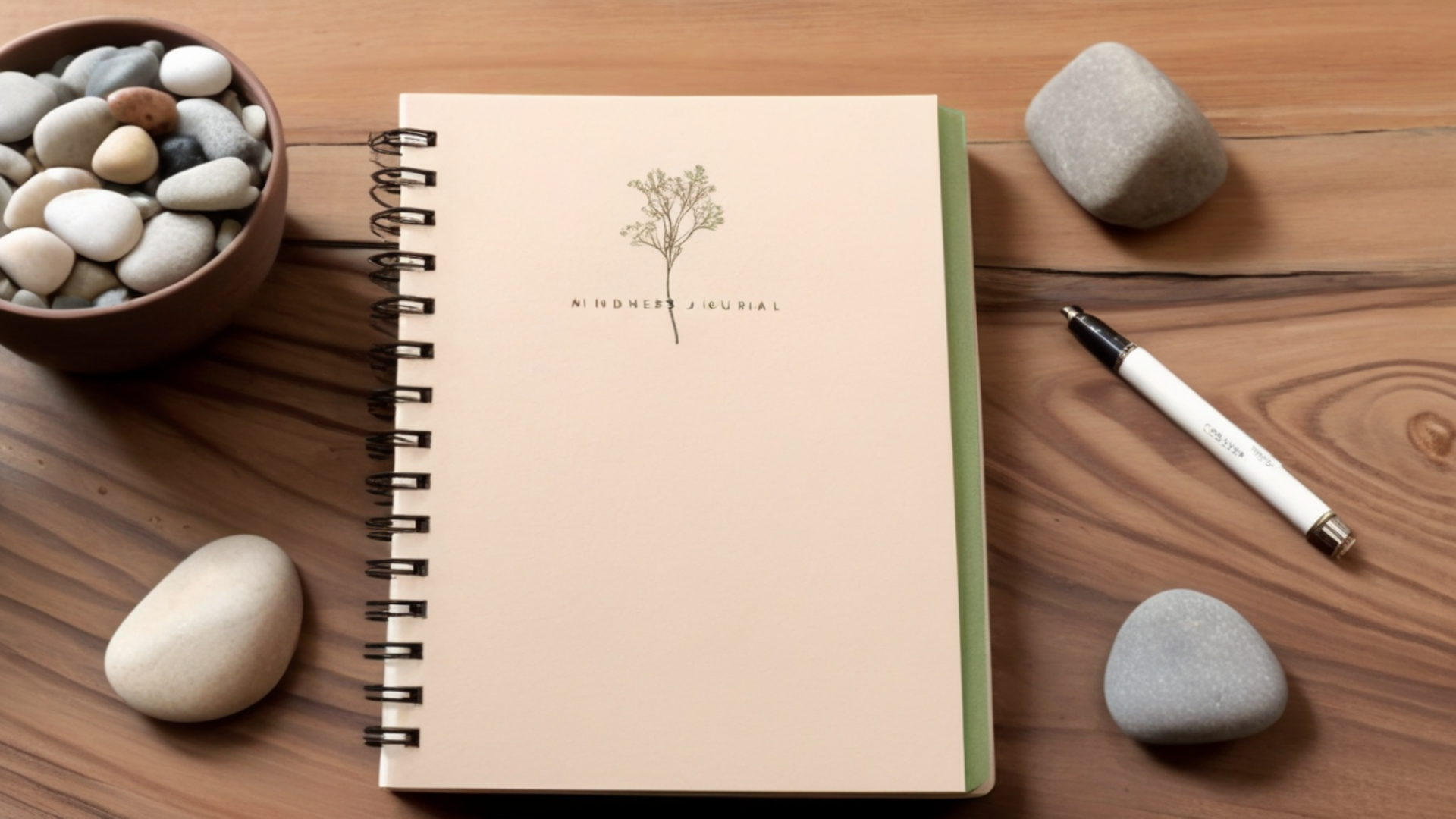Setting boundaries with family isn’t selfish—it’s a loving act to honor your needs while nurturing relationships. Start small, communicate kindly, and stay consistent to build trust and mutual respect.

How to Set Boundaries with Family
Setting boundaries with family can feel daunting, especially when emotions run high, but it’s a vital step toward healthier relationships. Start by reflecting on what you need—whether it’s more personal space, less criticism, or limited time together—and remind yourself that prioritizing your well-being isn’t selfish. Once you’ve identified your limits, communicate them clearly and kindly. For example, saying, “I need to leave gatherings by 8 p.m. to recharge,” or “I’d prefer not to discuss my dating life,” helps set expectations without blame. If you’re nervous, practice your message with a friend or therapist beforehand to build confidence.
Emotions often cloud these conversations, so focus on separating your feelings from theirs. If a family member reacts negatively, acknowledge their emotions but stand firm. A simple, “I understand this might be hard to hear, but this boundary helps me stay present in our relationship,” reinforces your stance without guilt. It’s natural to worry about their response, but remember: their feelings are their responsibility, not yours—as long as you’ve communicated kindly.
Starting small makes the process less overwhelming. Set a low-stakes boundary first, like limiting phone calls to 15 minutes or skipping weekly dinners in favor of monthly visits. This builds your confidence and eases family members into the idea, reducing resistance. Consistency is key—if you bend the rules occasionally, clarify that it’s an exception, not a new norm. Over time, these small steps create a foundation for bigger conversations, like declining financial support or addressing hurtful comments.
When setting time boundaries, be upfront. If holiday gatherings drain you, say, “I’ll stay for two hours to enjoy everyone’s company without feeling overwhelmed.” For privacy, politely redirect questions: “I’d rather focus on lighter topics tonight—how’s your garden coming along?” If discussions escalate, take a breather. Stepping away calmly (“Let’s revisit this when we’re both calmer”) prevents arguments and models healthy conflict resolution.
Boundaries aren’t about pushing people away—they’re about nurturing connections where everyone feels respected. Reassure loved ones that your limits come from care, not rejection: “I’m setting this boundary because our relationship matters to me.” If repeated talks don’t lead to change, consider seeking a therapist’s guidance to mediate or explore next steps. Healing family dynamics takes time, but with patience and clarity, boundaries can transform tension into trust.
- Reflect on what you need and prioritize your well-being without feeling selfish.
- Communicate your limits clearly and kindly, and practice beforehand if nervous.
- Focus on separating feelings, stand firm, and reassure loved ones that your boundaries come from care.
KEYWORDS
health, calm, breathMOST READ
MORE TO READ

Mindfulness Practices Reduce Stress in Modern Life
Mindfulness practices help reduce stress and improve well-being by focusing on the present moment. They enhance emotional regulation and can be as effective as medication for anxiety.

Fruit Fly Brain Shows Unexpected Adaptability
The tiny fruit fly’s brain, with 140,000 neurons, reveals how focus and adaptability thrive under chaos—lessons to rethink wellbeing by filtering what truly matters in life’s noisy moments.

Spider Brains Reveal Human Waste System Insights
Scientists studying spider brains have uncovered a hidden brain waste removal system, which holds clues to Alzheimer’s disease. Nature-inspired research shows our brains have ancient cleaning mechanisms.

Human vs. chimp nerve cell study uncovers rapid evolutionary brain changes
Recent research reveals how rapidly evolving genetic switches called HARs uniquely shaped human brains, fueling our creativity and cognition—while inspiring us to mindfully nurture this evolutionary gift for growth.


